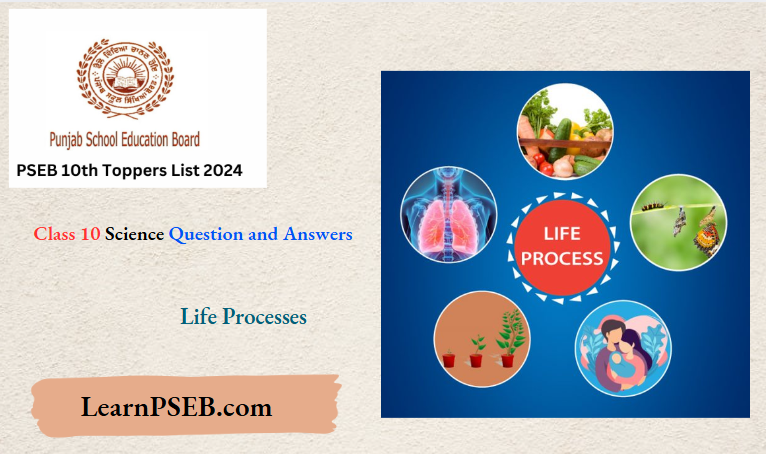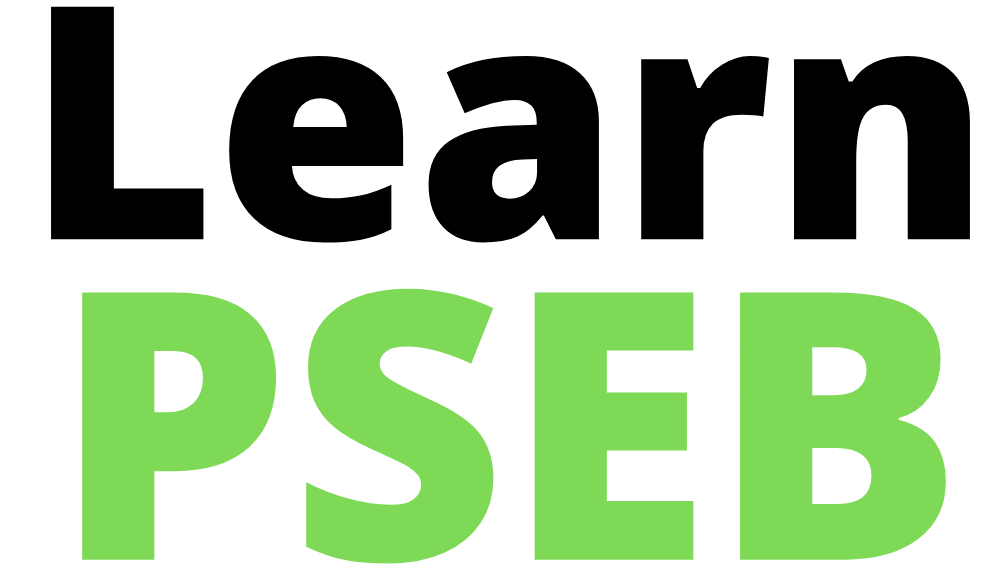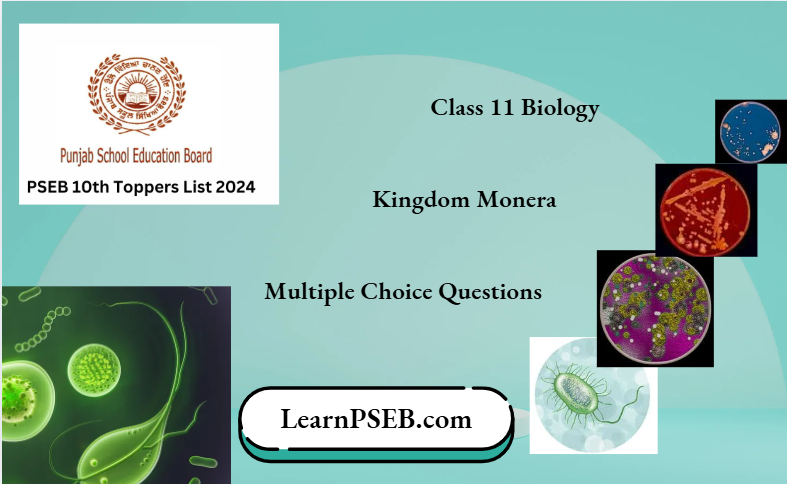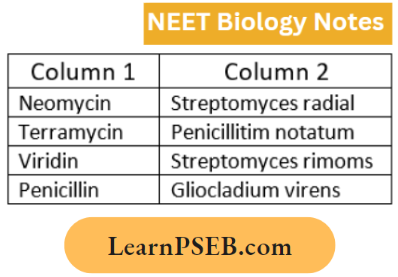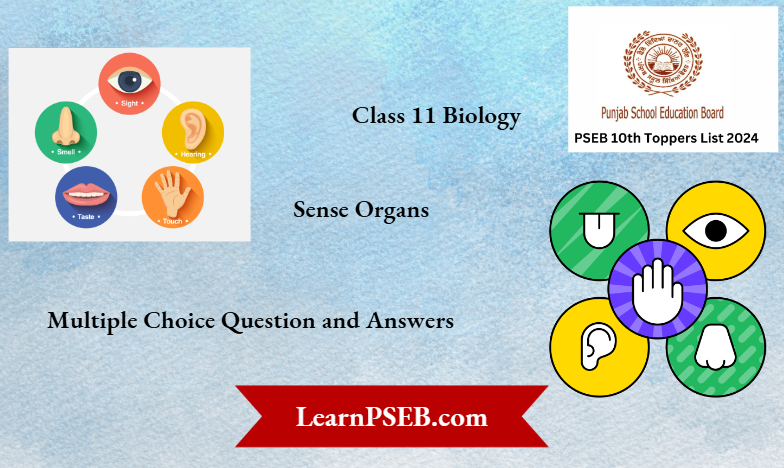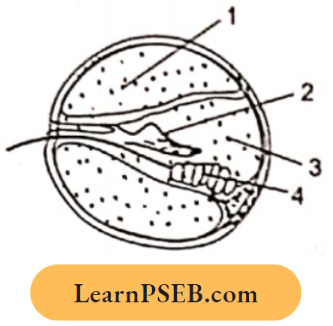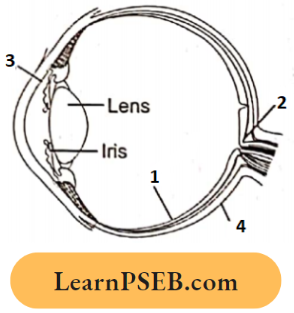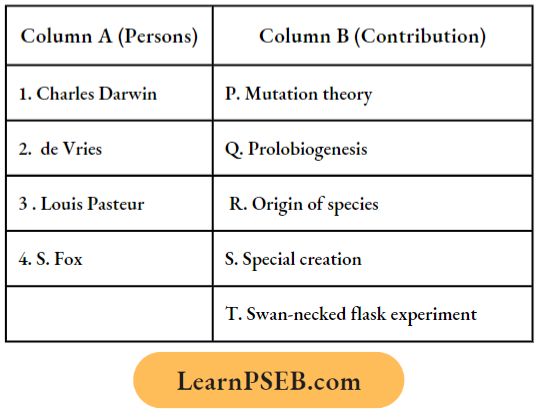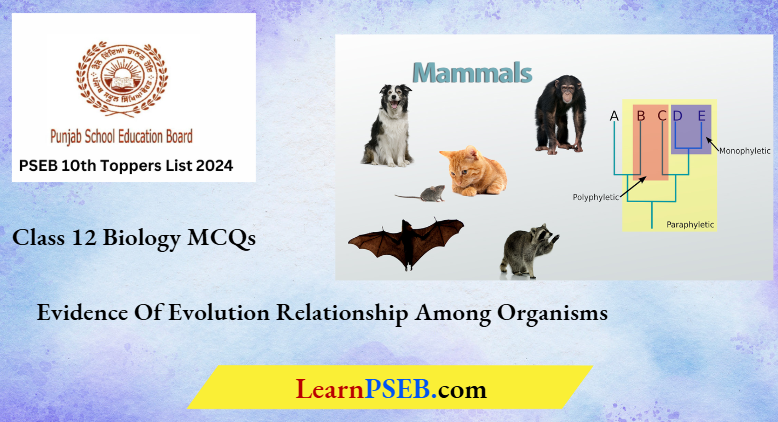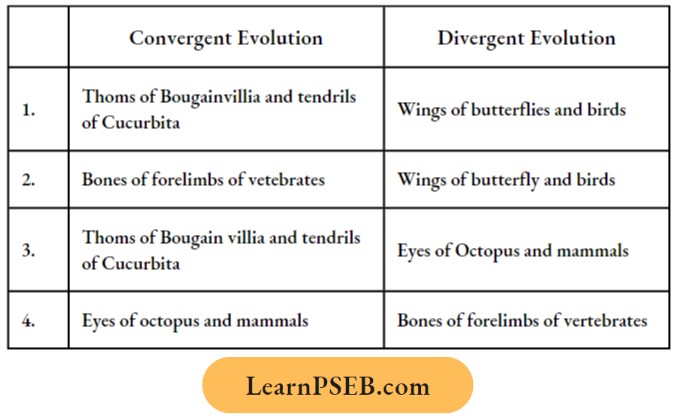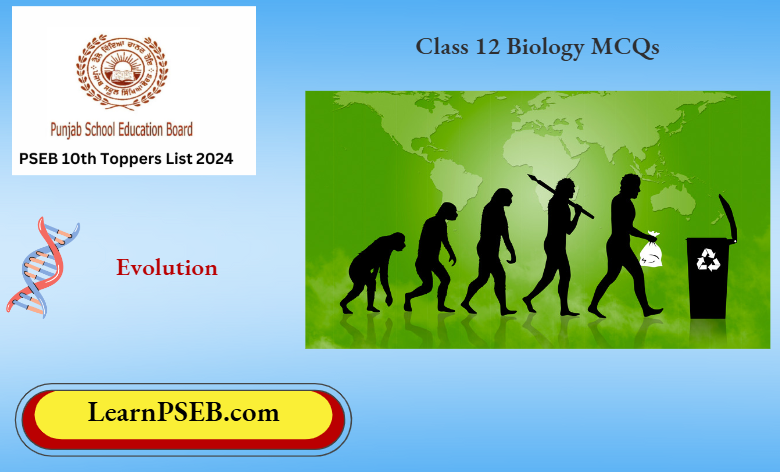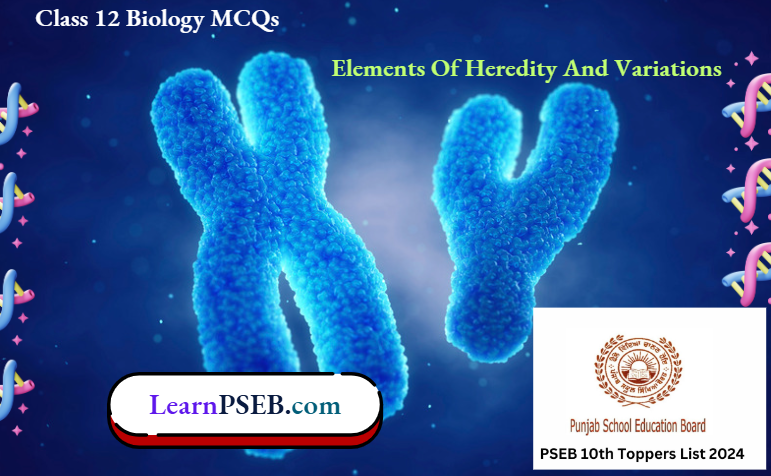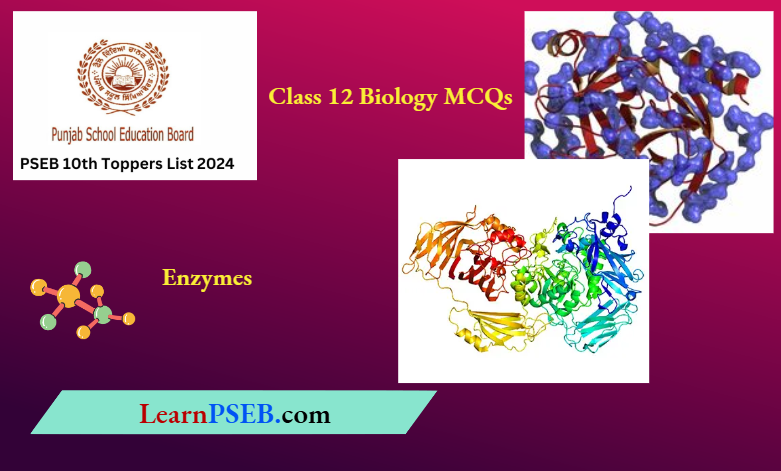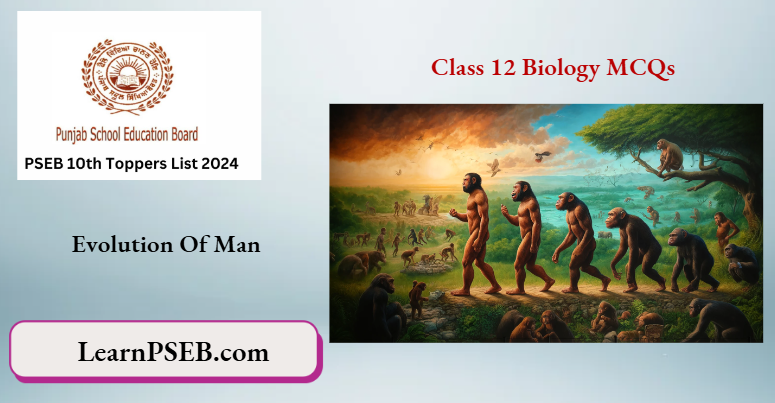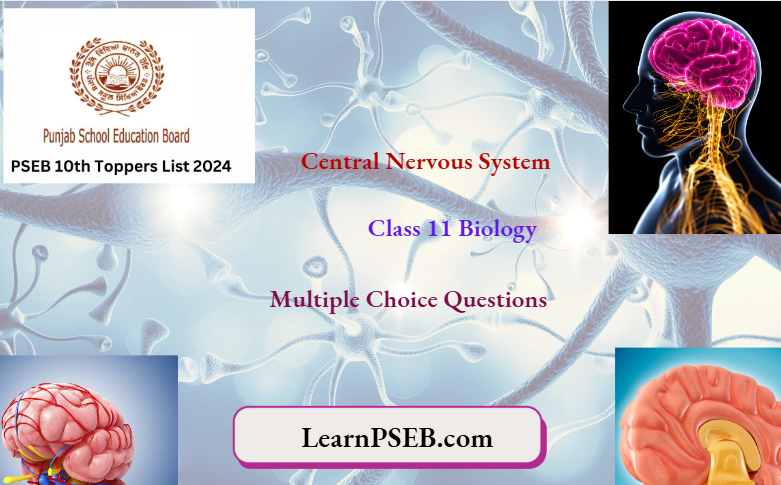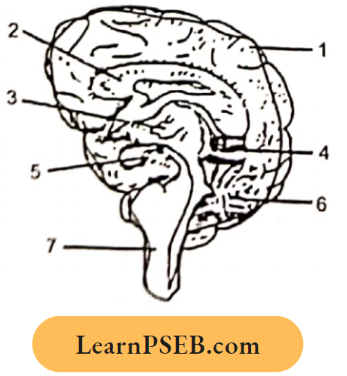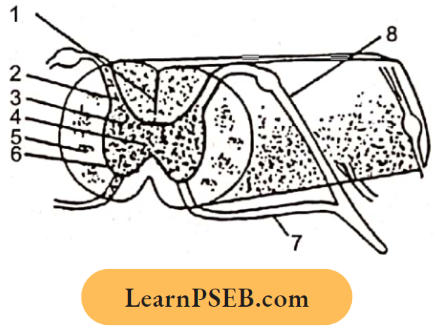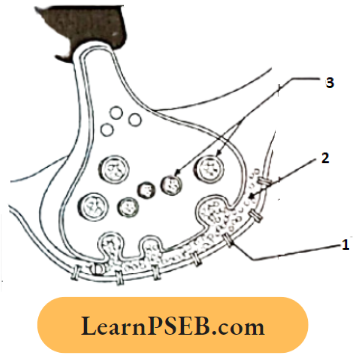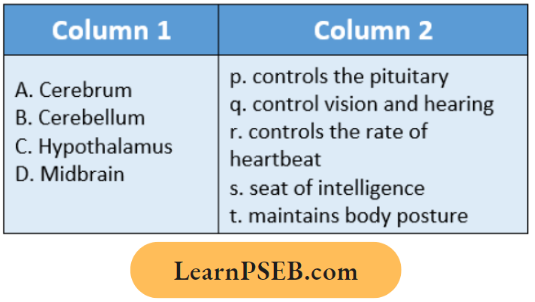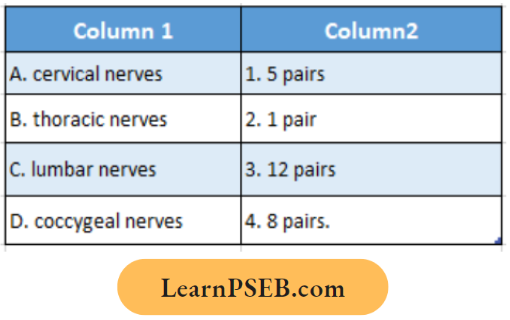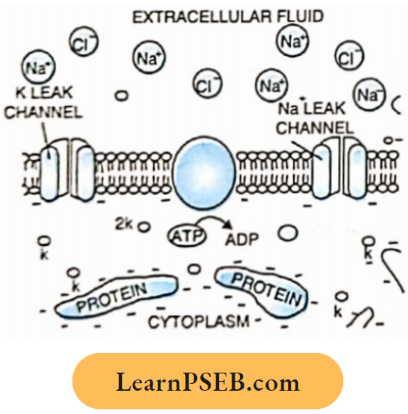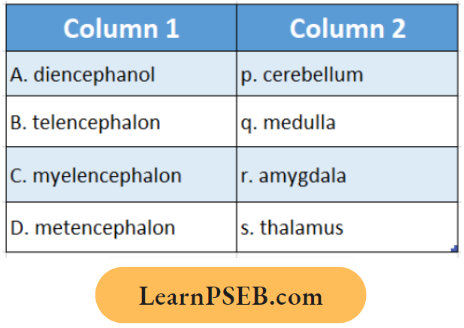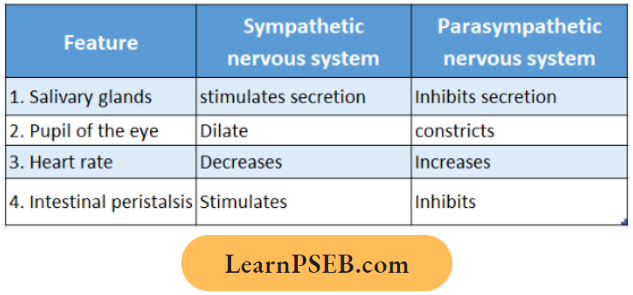Class 11 Chemistry Classification of Elements and Periodicity in Properties Question and Answers
Question 1. Mention two laws (for the classification of elements), which were proposed before Mendeleev?
Answer:
Dobereincr’s law of triads and Newland’s law of octaves.
Question 2. Write the 11JPAC name and the symbol of the element with atomic number 108.
Answer:
Unniloctium; Uno.
Question 3. What are the names given to eka-aluminum and cka-silicon predicted by Mendeleev?
Answer:
The names of these elements are Gallium and Germanium respectively.
Read And Learn More Class 11 Chemistry Solutions
Question 4. Mention the number of periods and groups in the long form of the periodic tabs.
Answer:
7 periods and 18 groups
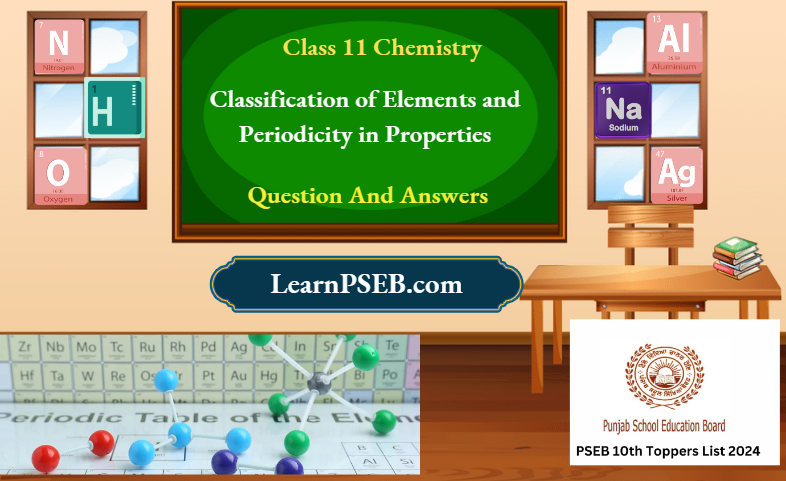
Question 5. Mention the name of the s -block element which is placed along with the p -block elements.
Answer:
Helium (He, Is2).
Question 6. To which group of the long form of the periodic table do the chalcogens belong?
Answer:
The chalcogens belong to group 16.
Class 11 Chemistry Classification of Elements and Periodicity in Properties
Question 7. Write the general electronic configuration of the inner- [transition elements.
Answer:
⇒ \((n-2) f^{1-14}(n-1) d^{0-1} n s^2 \text {. }\)
Question 8. Write the atomic number of the element placed just below cobalt (Z = 27) in the modern periodic table
Answer:
The atomic number of the element is 27 + 18 = 45.
Question 9. Indicate the position of the element having electronic configuration Is22sz2p63s23p63d34s2 in the periodic table.
Answer:
4th period and 15th group in the periodic table
Question 10. What is the total number of elements incorporated now in the periodic table? Write down the name and symbol of the last element.
Answer:
The total number of elements incorporated in the periodic table is 118. The name of the last element is Ununoctium and its symbol is Uuo (Z = 118).
Question 11. Which group of the periodic table contains solid, liquid & gaseous elements? What are those elements?
Answer:
Solid, liquid, and gaseous elements are present in group- 17(VIIA). These elements are fluorine (gas), chlorine (gas), bromine (liquid), iodine (solid) and astatine (solid).
Question 12. Which element is the most electronegative
Answer:
Fluorine is the most electronegative of all the elements.
Question 13. Name one property that is not periodic
Answer:
The radioactivity of an element is not a periodic property.
Question 14. Arrange according to the instructions given in the bracket:
- O, Te, Se, S (Increasing order of electronegativity)
- Na, Cu, Zn (Increasing order of electropositive character)
- I, F, Br, CI (Increasing order of metallic character)
- I, F, Br, Cl (Decreasing order of electron affinity)
- Na, K, F, Cl, Br (Increasing order of atomic radius)
- Mg, AI, Si, Na (Increasing order of ionization potential)
- PbO, MgO, ZnO (increasing order of basic character)
- Na+, Mg2+, Al3+ (Decreasing order of size)
- Cu, S, C (graphite) (Increasing order of electrical conductivity)
- Be, C, B, N, 0 (Increasing order of electron affinity)
- Cl, Mg, C, S (Increasing order of electronegativity)
- A1203, P205, CI207, S03 (Increasing order of acidic property)
- MgO, ZnO, CaO, Na20, CuO (Increasing order of basic property)
- Na+, F-, O2-, Mg2+, N3- (Increasing order of ionic radii)
- B —Cl, Ba—Cl, Br —Cl, Cl —Cl (Increasing order of bond polarity)
- Br, F, Cl, I (Increasing order of oxidizing property)
- Na, Cs, K, Rb, Li (Increasing order of atomic volume)
- Sb203, N20g, AS203 (Increasing order of acidic property)
Answer:
- Te < Se < S < O
- Cu< Zn< Na
- F < Cl < Br <I
- Cl > F > Br >I
- F < Cl < Br < Na < K
- Na<Al<Mg<Si
- ZnO < PbO < MgO
- Na+ > Mg2+ > Al3+
- S < C(graphite) <Cu
- Be<N<B<C<0
- Mg < C = S < Cl
- A1203 < P205 < S03 < C1207
- CuO < ZnO < MgO < CaO < Na20
- Mg2+ < Na+ < F- < 02- < N3-
- Ba —Cl > B —Cl > Br —Cl > Cl —Cl
- I < Br < Cl < F
- Li < Na < K < Kb < Cs
- Sb203 < AS203 < N205
Class 11 Chemistry Classification of Elements and Periodicity in Properties
Question 15. Name the elements having the highest and lowest ionization enthalpy.
Answer:
Highest value: Helium (He), Lowest value: Cesium (Cs).
Question 16. What do you mean by the statement—the covalent radius of H-atom is 0.37 A?
Answer:
It indicates that one-half of the internuclear distance between two bonded H-atoms in an H2 molecule is 0.37 A.
Question 17. Indicate the similarity observed in the electron-gain enthalpy values of Mg and N.
Answer:
Both Mg and N have positive electron-gain enthalpy values.
Question 18. Why is the size of F- smaller than that of O2- ion? {
Answer:
O2- and F- ions are isoelectronic, but their nuclei contain 8 and 9 protons respectively.
So, the nuclear attractive force acting on the electrons of the F- ion is greater than that on the electrons of the O2- ion. Consequently, the F- ion is smaller than the O2- ion.
Question 19. Compare the radii of K+ and Cl- ions (each contain the same number of electrons)
Answer:
The nuclei of the isoelectronic ions K+ and Cl- contain 19 and 17 protons respectively. So the magnitude of nuclear attractive force acting on the electrons of K+ ions is greater than that on the electrons of Cl- ion. Consequently, the radius of the K+ ion is smaller than that of the Cl- ion.
Question 20. What do you understand by a negative value of electron-gain enthalpy of an element?
Answer:
Negative value of electron-gain enthalpy of an element
It signifies that energy is released when an isolated gaseous atom of the element under consideration accepts an electron to form a monovalent gaseous anion.
Question 21. The electronic configuration of the atom of an element is ls22s22p63s23px. Locate its position in the periodic table. Is it a metal or non-metal? What is its valency?
Answer:
The atonibre receives its last electron in 3p -orbital. So it belongs to p -block elements. Accordingly, its group number = 10 + no. of electrons in the valence shell = 10 + (2 + 1)= 13.
Again, the period of the element = several principal quantum numbers ofthe valence shell = 3.
It is a metal because it belongs to the 13th group of the periodic table. Valency of the element = number of electrons in the valence shell =2+1 = 3.
Question 22. The atomic numbers of elements A, B, and C are 10, 13, & 17 respectively. Write their electronic configurations. Which one of them will form a cation and which one an anion? Mention their valencies.
Answer:
Electronic configuration of 10A: ls22s22p6 electronic configuration of 13B: ls22s22p63s23p1
Electronic configuration of 17C: ls22s22p63s23p5
The element, A belonging to group 18, is an inert gas.
So it will form neither a cation nor an anion. The element B, belonging to group 13, is a metal. It will readily form a cation by the loss of 3 electrons from its valence shell (3rd shell).
The element C will readily gain one electron in its outermost 3rd shell to attain inert gas electronic configuration (Is2……3s23p6). So, C will form an anion.
Valency of A = 0 (it has a complete octet of electrons in the outermost shell). Valency of B = 3 (by the loss of 3 electrons from the 3rd shell it will attain stable inert gas electronic configuration).
Valency of C = 1 (because by the gain of the electron, it can attain stable inert gas configuration).
Class 11 Chemistry Chapter 3 Questions and Answers
Question 23. A, B, and C are three elements with atomic numbers group (8 + 2) = 10. 17, 18, and 20 respectively. Write their electronic configuration. Which one of them is a metal and which one is a non-metal? What will be the formula of the compound formed by the union of A and C? What may be the nature of valency involved in the formation of the above compound?
Answer:
Electronic configuration of 1A: ls22s22p63s23p5
Electronic configuration of 10B: ls22s22p63s23p6
Electronic configuration of 2QC: ls22s22p63s23p64s2
Element C is a metal as it can easily form a dipositive ion by the loss of two electrons from 4s -orbital. ElementA is a non-metal as it can achieve inert gas configuration by accepting one electron in a 3p -subshell.
As already mentioned, the element C can easily, form a dipositive cation (C2+), while the element A readily forms a uninegative anion (A-).
So the elements A and C can combine to form the compound CA2.
The above-mentioned compound is electrovalent because it will be formed by the union of two A-ions with one C2+ ion.
Question 24. Outer electronic configuration of 4 elements are as given below follows: 3d°4s1 3s23p5 4s24p6 Electronic configuration of 10A: ls22s22p6 3d84s2. Find their positions in the periodic table
Answer:
This element (3d°4s1) is an s -block element. So it is an element of the 4th period in group-1.
This element (3s23p5) is a p -block element containing (2 + 5) or 7 electrons in the valence shell (n = 3). Soitis an element ofthe 3rd periodin group (10 + 2 + 5) = 17.
This element (4s24p6) is a p -block element containing (2 + 6) or 8 electrons in the valence shell (n = 4). So it is an element of the 4th period in group (10 + 2 + 6) = 18.
This element (3d84s2) is a d -block element containing 8 electrons in the d -orbital of the penultimate shell (n = 3) and 2 electrons in s -the orbital of the valence shell (n = 4). So, it is an element of the 4th period in group (8+2)=10
Question 25. Write the electronic configuration of the element with atomic number 35. What will be the stable oxidation states of the element?
Answer:
Electronic configuration: ls22s22p63s23p63d104s24p5. The most stable oxidation state is -1 because it can accept one electron to achieve inert gas configuration (Is2… 3d104s24p6).
Again in an excited state, it can also exhibit oxidation numbers +3 or +5 by forming a covalent bond by using its 3 or 5 odd electrons in its outermost shell.
image-
Question 26. justify by mentioning two reasons, the inclusion ofCa and Mgin the same group of the periodic table.
Answer:
Both Ca and Mg have similar electronic configurations. Both of them belong to s -block.
Electronic configuration of Mg: ls22s22p63s2 Electronic configuration of Ca: ls22s22p63s23p64s2
Both are typical divalent metals and form stable ionic compounds, e.g., MgCl2, CaCI2; MgO, CaO.
Question 27. Cu, Ag & Au are regarded as transition elements. Why?
Answer:
Despite having filled d -orbitals (d10), copper, silver, and gold are considered transition elements because at least in one stable oxidation state of the atoms of these elements, d -orbital is partially filled with electrons, For example, the electronic configuration of Cu2+ is ls22s22p63s23p63d94s°.
Question 28. Write down electronic configuration of the element having atomic number 21. Name two other elements of the same series to which this element belongs. Why do they belong to the same series?
Answer:
Electronic configuration ofthe element (Atomicnumber= 21): ls22s22p63s23p63d14s2 From the electronic configuration, it can be said that the element belongs to the first transition series as its 3d -orbital is partially filled. Two other elements belonging to this series are Cr(24) and Mn(25). The 3d -orbitals of these elements are also partially filled.
Their electronic configurations are—
- Cr: ls22s22p63s23p63d54s1
- Mn: ls22s22p63s23p63d54s2
Class 11 Chemistry Chapter 3 Questions and Answers
Question 29. Can Cu (At. no. 29) and Zn (At. no. 30) be called transition elements? Explain.
Answer:
Although the Cu -atom in its ground state does not contain an incompletely filled d-orbital, Cu2+ has a partially filled d-orbital and so it is a transition element.
Electronic config. of Cu: ls22s22p63s23p63d104s1
Electronic config. of Cu2+: ls22s22p63s23p63d94s°
In the ground state orin any stable oxidation state of Zn, the d orbital is filled. So,it is not a transition element.
Electronic config. of Zn: |lsÿ2$22p63s23p63d104s2
Electron Config. of Zn: 2’tI?lls22sÿ2p63s23p63d104s0
Question 30. The atomic numbers of three elements A, B, and C are 9, 13, and 17 respectively.
- Write their electronic configuration.
- Ascertain their positions in the periodic table.
- Which one is most electropositive and which one is most electronegative?
Answer: Electronic configurations of gA: ls22s22p5, 13B: ls22s22p63s23p1, 17C: ls22s22p63s23p5
All three elements are p -block elements. Hence, their group and period numbers are as follows:
Question 27. Cu, Ag & Au are regarded as transition elements. Why?
Answer:
Despite having filled d -d-orbitals (d10), copper, silver, and gold are considered transition elements because at least in one stable oxidation state of the atoms of
these elements, the -orbital is partially filled with electrons, For example, the electronic configuration of Cu2+ is ls22s22p63s23p63d94s°.
Question 28. Write down the electronic configuration of the element having atomic number 21. Name two other elements of the same series to which this element belongs. Why do they belong to the same series?
Answer:
Electronic configuration ofthe element (Atomicnumber= 21): ls22s22p63s23p63d14s2
From the electronic configuration, it can be said that the element belongs to the first transition series as its 3d-orbital is partially filled.
Two other elements belonging to this series are Cr(24) and Mn(25). The 3d -orbitals of these elements are also partially filled.
Their electronic configurations are—
- Cr: ls22s22p63s23p63d54s1
- Mn: ls22s22p63s23p63d54s2
Question 29. Can Cu (At. no. 29) and Zn (At. no. 30) be called transition elements? Explain.
Answer:
Although the Cu -atom in its ground state does not contain an incompletely filled d-orbital cu2+ has a partially filled d-orbital and so it is a transition element.
Electronic config. of Zn: sÿ2s22p63s23p63d104s2
Electron Config. of Zn2+: lls22sÿ2p63s23p63d104s0
Question 30. The atomic numbers of three elements A, B, and C are 9, 13, and 17 respectively. Write their electronic configuration. Ascertain their positions in the periodic table. Which one is most electropositive and which one is most electronegative?
Answer:
Electronic configurations of gA: ls22s22p5, 13B: ls22s22p63s23p1, 17C: ls22s22p63s23p5
Periodicity in Properties Class 11 Chemistry Solutions
All three elements are p -block elements. Hence, their group and period numbers are as follows:
table-
Element B can easily donate 3 electrons from its outermost shell to attain a stable inert gas configuration. So, it is the most electropositive element.
Elements A and C are electronegative because they can accept one electron to attain a stable inert gas electronic configuration.
These elements (A and C) have similar outer electronic configurations (ns2np5) but the size of A is smaller than that of C. So, the electronegativity of A is greater than that of C. Hence, A is the most electronegative element.
Question 31. Why is the atomic size of Ca2+ smaller than that of K+?
Answer:
K+ and Ca2+ are isoelectronic (each contains 18 electrons). K+ contains 18 protons in its nucleus and Ca2+ contains 20 protons.
Number of protons being in the Ca2+ ion, the electrons in the outermost shell of the Ca2+ ion will experience greater attractive force by the nucleus compared to K+. Consequently, Ca2+ has a smaller ionic size than K+ ions.
Question 32. The atomic radius of a chlorine atom is 0.99 A but the ionic radius of chloride (Cl-) is 1.81 A—explain.
Answer:
In an anion, the total number of electrons being greater than that of the number of protons, attraction of the nucleus for the outermost electrons decreases.
Furthermore, due to mutual repulsion among electrons, the outermost orbit gets appreciably expanded.
As a result, the anionic radius becomes more than the radius of the parent atom. On account of this, the radius of Cl- (1.81 A) (18 electrons and 17 protons) is greater than the radius ofchlorine (0.99 A) atom (17 electrons and 17 protons).
Question First ionization energy of elements increases with atomic numbers of the elements in a period—why? Cite an exception.
Answer:
In any period, with an increase in atomicnumber, the magnitude of the positive charge of the nucleus increases, but there is no addition of any new shell.
In consequence, the attractive force of the nucleus for the outermost electrons increases. So, the amount of energy required for the removal of an electron from the outermost shell of the atom (z.e., first ionization energy) in any period increases with the increase in atomic number.
An exception to this generalization is the nitrogen-oxygen pair. In the second period, oxygen belonging to group VIA has a lower value of first ionization energy than nitrogen of group. The reason can be ascribed to the stable electronic configuration of the nitrogen atom (ls22s22p3)
Question 34. The ionization potential of O is less than that of N— explain.
Answer:
The ionization potential of O is less than that of N
The reason for such a difference may be explained on the basis oftheir electronic configurations filled, its electronic configuration is highly stable.
So, a large amount of energy is required to form an N+ ion by the removal of a 2pelectron.
On the other hand, the formation of 0+ ion by removal of one electron from a partially filled 2p -orbital requires less energy, since the 2p -orbital of 0+ion is half-filled, the electronic configuration assumes stability. Hence, oxygen has a lower ionization potential than nitrogen.
Periodicity in Properties Class 11 Chemistry Solutions
Question 35. Explain why the ionization potentials of inert gas are very high while that of alkali metals are very low. ses are
Answer:
Outermost shells of inert gases contain octets of electrons. Besides this, each of the inner shells of inert gas elements is filled.
Such configuration is exceptionally state conversion of a neutral inert gas atom into its ions try removal of an electron from the outermost shell requires large energy. As a result, they have high ionization potentials.
Configuration of the outermost and penultimate shell of alkali metals is {n-l)s2(n-1)p6nsl (except Li ).
Thus the loss of 1 electron from their outermost shell brings about a stable configuration of inert gases. Hence, the conversion of alkali metals to their ions requires comparatively less amount of energy. As a result, alkali metals have low values of ionization potential.
Question 36. Which member in each of the following pairs has a lower value of ionization potential? F, Cl S, Cl Ar, K O Kr, Xe Na, Na+.
Answer:
Cl has lower ionization enthalpy than F because electrons of 2p-orbital in F are more strongly attracted by the nucleus than the 3p-electrons in Cl.
(Note that effective nuclear charge on the outermost electrons is nearly the same for both and Cl).
S has lower ionization enthalpy than Cl because the size of S is greater than that of Cl and also the nuclear charge of S is less than that of CL
K has a lower ionization potential than Ar as the outermost shell is filled with electrons in Ar. On the other hand, K can attain a stable configuration like the inert gas Arby with the loss of only an electron.
Xe has lower ionization enthalpy than Kr because ionization enthalpy decreases on moving down a group in the periodic table.
Na (ls22s22p63s1) has lower ionization enthalpy’ than Na+(ls22s22p6), because the former can attain inert gas-like electronic configuration by loss of 1 electron from its outermost shell, whereas the latter attains unstable electronic configuration (Is22s22p5) by loss of one electron from its outermost shell.
Question 37. Why is the value of electron-gain enthalpy negative?
Answer:
When an electron is added to a neutral gaseous atom to form a negative gaseous ion, energy’ is usually liberated, i.e., the enthalpy change in the process is usually negative. So
electron-gain enthalpies of most elements have negative values.
Question 38. Calculate the energy (in kj unit) required to convert all sodium atoms into sodium ions, present in 3.45 mg of its vapor. [I.P of sodium 490kJ mol-1 ]
Answer:
Sodium atoms present \(=\frac{3.45}{23} \times 10^{-3}=1.5 \times 10^{-4} \mathrm{~mol}\)
Na(g) + = Na+(g) + e;I = 490 kj. mol-1.
The energy required for the ionization of 1 mol sodium is 490 kj.
The energy required for ionization of 1.5 X 10-4 mol sodium is 490 X 1.5 X 10-4 kj = 73.5J
Question 39. A, B, C, and D are four elements of the same period, of which A and B belong to s -block. B and D react together to form B+D-. C and D unite together to produce a covalent compound, CD2. What is the formula of the compound formed by A and D ? 0 What is the nature of that compound? What will be the formula and nature of the compound formed by the union of B and C
Answer:
Since A and B are s -block elements of the same period, one of them is an alkali metal of group IIA while the other is an alkaline earth metal of group IIA.
B and D react to form anionic compound B+D. Therefore, B is a monovalent alkali metal of group IA, and D is a monovalent electronegative element of group VIIA.
Hence, the other element A of the s -the block is a bivalent alkaline earth metal of group-IIA. C and D combine to produce the covalent compound CD2. Hence, C is a bivalent electronegative element belonging to group VIA.
The formula of the compound formed by the combination of electropositive bivalent element A with electronegative monovalent element D is AD2
The compound is ionic or electro valent in nature.
A compound formed by reactions of electropositive monovalent element B with electronegative bivalent element C will have the formula B2C. It is an electrovalent or ionic compound.
Periodicity in Properties Class 11 Chemistry Solutions
Question 40. What changes in the following properties are observed while moving from left to right along a period & from top to bottom in a group? Atomic volume, Valency, Electronegativity, Oxidising, and reducing powers.
Answer:
On moving from left to right across a period, atomic volume first decreases and then increases. In a group, atomic volume increases with an increase in atomic number down a group.
Oxygen-based valency goes on increasing from left to right over a period but does not suffer any change down a group.
Electronegativity increases gradually from left to right across a period while it decreases down a group with an increase in atomic number.
Oxidizing power increases from left to right across a period and decreases from top to bottom in a group.
On the other hand, reducing power decreases from left to right in a period but it increases from top to bottom in a group.
